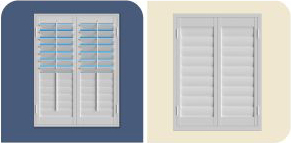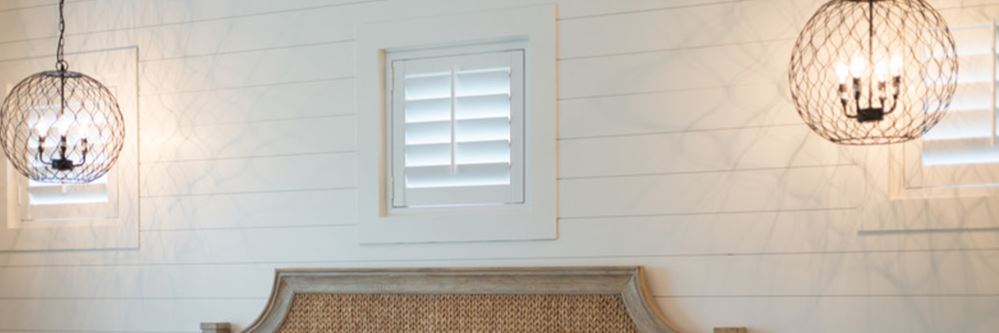
What's The Ideal Window Treatment For Casement Windows In Cincinnati?
Many residents prefer casement windows in light of their classic style and ability to open completely for remarkable ventilation. These windows are typically hinged on one side and move in or out when they are opened or shut. They also tend to run more compact than a standard window. They are practical and appealing, but it’s often difficult to find the suitable window treatment for a casement window in Cincinnati.
The encouraging news is this: there are possibilities that will perform admirably for your residence. By choosing a plantation shutter or window shade, you can preserve the uniqueness of your casement window and still get privacy and light control.
What To Keep In Mind When Selecting Casement Window Treatments In Cincinnati
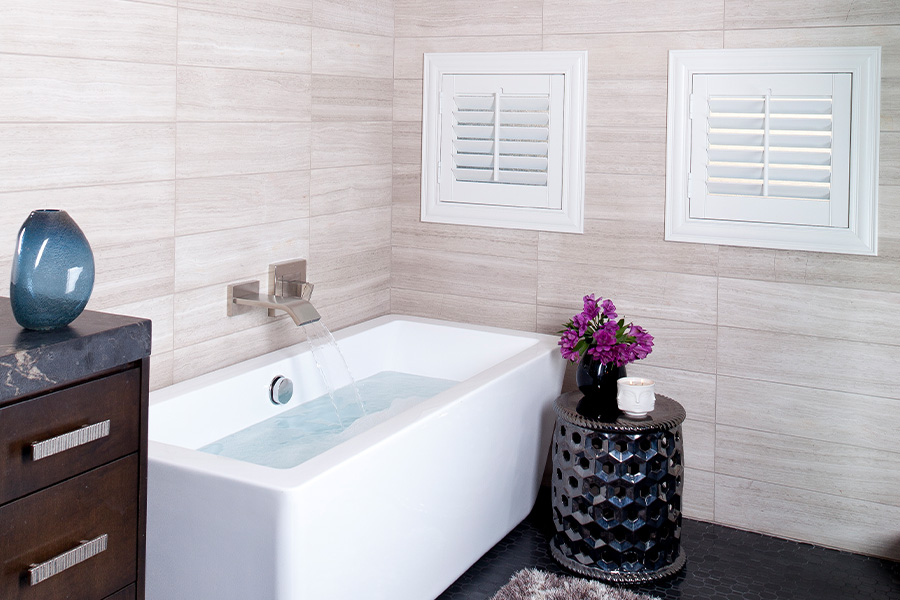
You don’t want to inhibit the usability or appeal of your windows by choosing the wrong product. To find the best casement window treatments, keep the following in mind:
- Window function: How do your windows open and shut? Do they utilize a crank, handle, or lever? The right window treatment will offer unobstructed access to this device and permit the window to open and close effortlessly.
- Depth of the window: Not every casement is the same, and you’ll have different depths between the wall and the actual window. Certain types of window treatments may not be right for the space.
- Coverage and light control: You would like complete window coverage but should also utilize the wealth of sunlight and airflow that casement windows provide. Pick something versatile that opens easily but won’t move in the wind while still achieving your preferred level of light management.
Top Window Treatments For Casement Windows
Since casement windows can vary greatly with different hinge positions, opening mechanisms, and window depths, it’s generally best to request an in-home consultation for custom window treatments to discover your optimal solution. Taking that into account, there are some recommended window treatments for casement windows in Cincinnati. Here are a couple of wonderful possibilities.
Plantation Shutters For Casement Windows
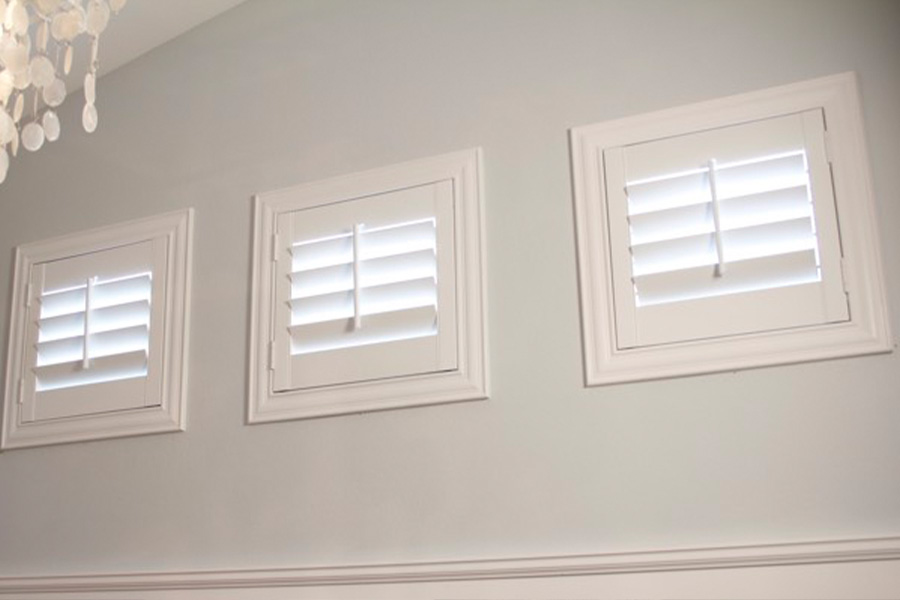
You frankly won’t find a better option than plantation shutters for casement windows in Cincinnati. They are great choices regardless of whether your window is hinged at the side, top, or bottom. Plantation shutters can even be adapted to fit any operating mechanism.
Installation is also adaptable as you may install them inside your window jamb or right on the frame. Due to the fact that interior shutters are solid, long-term installations, you won’t have to worry about dangling fabric fluttering in the wind or bumping into the frame or window. And you may pick from white Polywood® or wood shutters that are painted or stained to harmonize with your home’s design.
Plantation shutters also give you an unparalleled mix of privacy and light management. Would you like to have ventilation moving but with lower levels of light? You got it! All you need to do is open your casement window, keep the panels of the plantation shutter shut, and then rotate the louvers to bring in fresh air and your sought-after amount of natural light. You’ll only attain this degree of control with plantation shutters for casement windows.
Shield Your Casement Windows With Cellular Shades
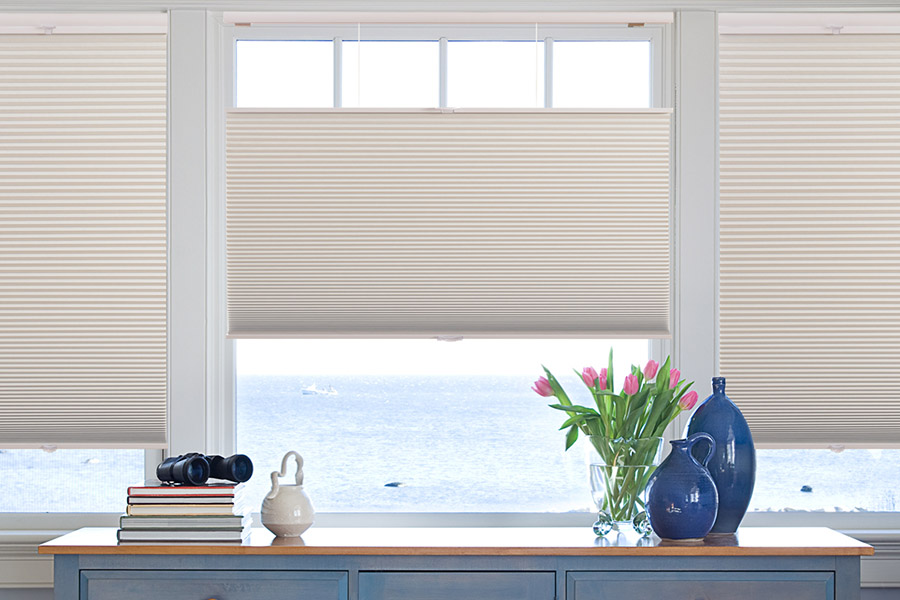
Cellular shades are another excellent window treatment choice for casement windows. They come in a wide range of styles and colors, making it simple to find one that harmonizes with the look of your interior. A cellular shade also stays in place where you place the lift bar, preventing the frustration of your window treatment obstructing the opening mechanism.
Cellular shades also help conserve energy. The honeycomb-shaped cavities of the shade trap air, reducing heat loss and supplying insulation to your casement window. This helps regulate the temperature in the area, keeping it comfortable throughout the year and lessening cooling and heating costs.
Order Window Treatments For Casement Windows In Cincinnati
Find the perfect window treatment for your casement windows by consulting with the specialists at Sunburst Shutters Cincinnati. We offer plantation shutters, shades, blinds and other options for you to select from. Contact us at 513-216-9740 to arrange your no-charge, in-home consultation, and we’ll bring samples of our products straight to you.


